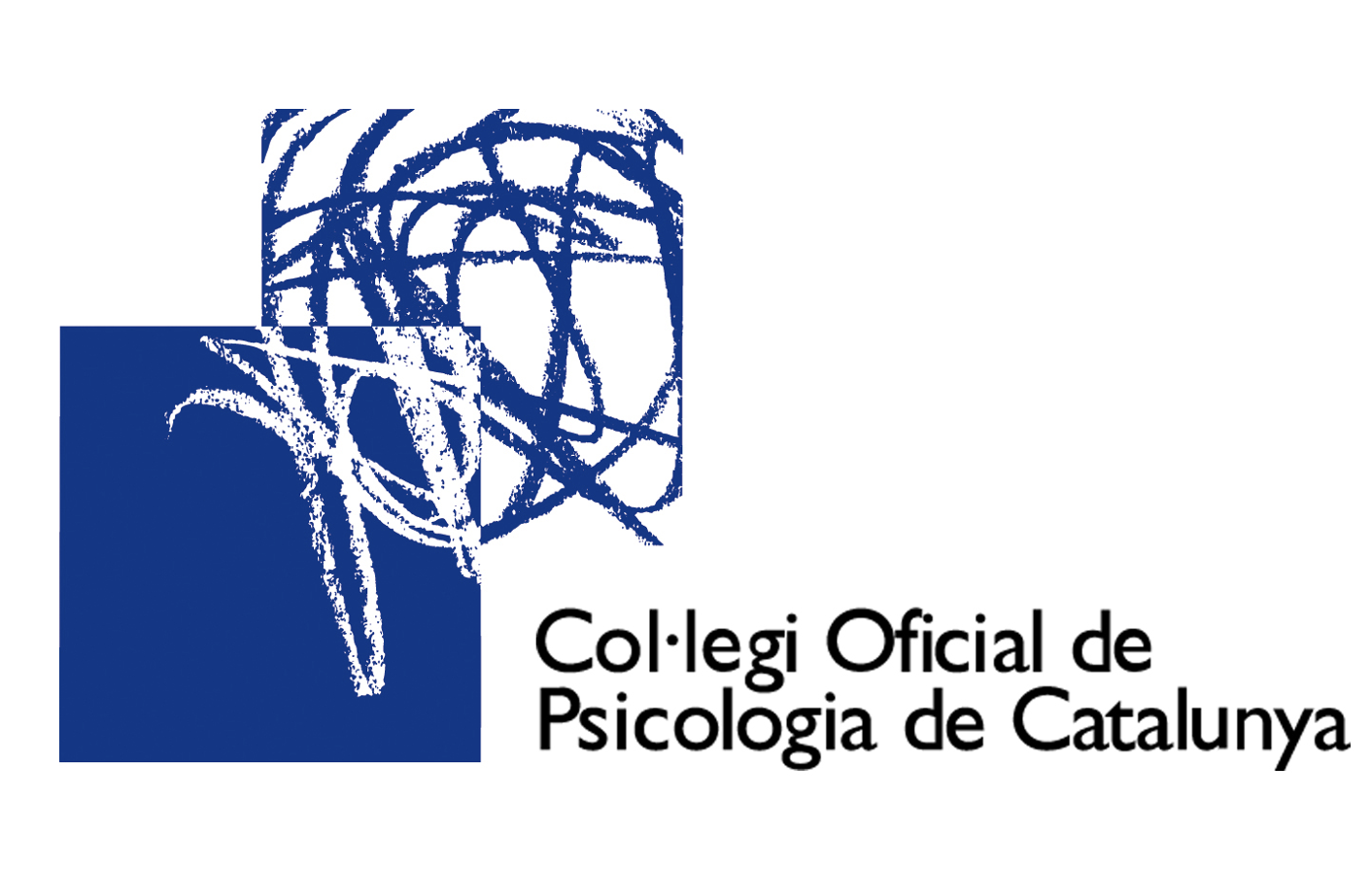You See, the Ends Don’t Justify the Means: Visual Imagery and Moral Judgment
Keywords:
visual imagery, moral judgmentAbstract
We conducted three experiments indicating that characteristically deontological judgments--here, disapproving of sacrificing one person for the greater good of others--are preferentially supported by visual imagery. Experiment 1 used two matched working memory tasks-one visual, one verbal-to identify individuals with relatively visual cognitive styles and individuals with relatively verbal cognitive styles. Individuals with more visual cognitive styles made more deontological judgments. Experiment 2 showed that visual interference, relative to verbal interference and no interference, decreases deontological judgment. Experiment 3 indicated that these effects are due to people's tendency to visualize the harmful means (sacrificing one person) more than the beneficial end (saving others). These results suggest a specific role for visual imagery in moral judgment: When people consider sacrificing someone as a means to an end, visual imagery preferentially supports the judgment that the ends do not justify the means. These results suggest an integration of the dual-process theory of moral judgment with construal-level theory.Downloads
Downloads
Published
How to Cite
Issue
Section
License
Authors who publish in this journal accept the following conditions:
-
Authors retain copyright and grant the journal the right of first publication, with the work registered under the Creative Commons CC-BY-NC 4.0 International license. This license allows third parties to cite the text and use it without alteration and for non-commercial purposes, provided they credit the authorship of the work and its first publication in this journal.
-
Authors may enter into other independent and additional contractual agreements for the non-exclusive distribution of the version of the article published in this journal (e.g., including it in an institutional repository or publishing it in a book), provided they clearly indicate that the work was first published in this journal.
-
The views expressed in the articles are solely the responsibility of the authors and in no case do they reflect the opinions or scientific policies of the journal.









